Building Confidence for Babysitters through Certified Training
By: Shannon Hough | Health and Wellness Coordinator, Powers Health
When most people think of a babysitting class, they may think it’s a great opportunity for teenagers to learn skills like diapering and preparing bottles. However, once the idea of bringing this class to the Valparaiso YMCA was introduced, my thoughts about its potential grew.
Early in my career, I learned that one of my co-worker’s family members experienced a choking incident at home with a young child. Decades later, the story of that child still affects me. I began thinking about how choking could be prevented for other children, and I knew it was vital for young childcare workers to develop their skills and confidence to prevent more accidents from happening.
After being welcomed into the First Things First family, our first challenge was finding a way to strengthen the confidence of those working with prenatal to 3-year-old children. When the idea of a babysitting class was introduced, my interest piqued. I remembered the story of the choking child, and I knew the importance of educating people for accident prevention.
The Valparaiso YMCA was the perfect partner. Director of Childcare Melanie Hoffman and I met to discuss how to get started. SafeSitter® is a nationally recognized program used in YMCAs across the country, so it was a natural fit. At the Valparaiso YMCA, where they have over 17,000 members, we recognized the potential to reach a large, diverse number of families, however we needed help getting started.
In true YMCA fashion, Shannon Spratley, CEO of Duneland Family YMCA, was happy to lend a hand. She had a trained SafeSitter® employee who was available and experienced with leading the class.
Amber Andrews, the SafeSitter instructor, asked me to participate in the second half of the class, which focused on CPR, choking and first aid. The young women taking the class were able to practice on CPR mannequins provided by the YMCA and role play emergency scenarios. They were shown where to place their hands and how to save both a baby and a larger child from choking. In the emergency safety portion, we stressed how prevention is key, but accidents can happen. Quick action can make all the difference.
As the class progressed, the young women followed along in their provided book from SafeSitter. The program covered many aspects beyond what I expected. Safety with taking a job, safety getting to and from a location and how to judge if a job is right for childcare workers were just a few aspects. They received an interview guide with prompts to ask the child’s parents about the potential job, directions on how to review the job with their own parents and then confidently reject or accept a job. The book goes on to review how to create a phrase with their own parents to say when they no longer feel comfortable in the home they are working at.
Even with the best training, accidents can happen to anyone, anytime. Today, we trained seven young women, but tomorrow, we owe it to our community to expand our knowledge into the homes of many more. Parents may assume a friend, family member or a grandparent is well prepared to care for a young child, however many practices are dated and unsafe. As parents, we need to ask more questions and advocate for the support and education of caregivers. As a mother, I have recognized the importance of accident prevention, and I hope that reviving this class will be impactful in saving future lives.
